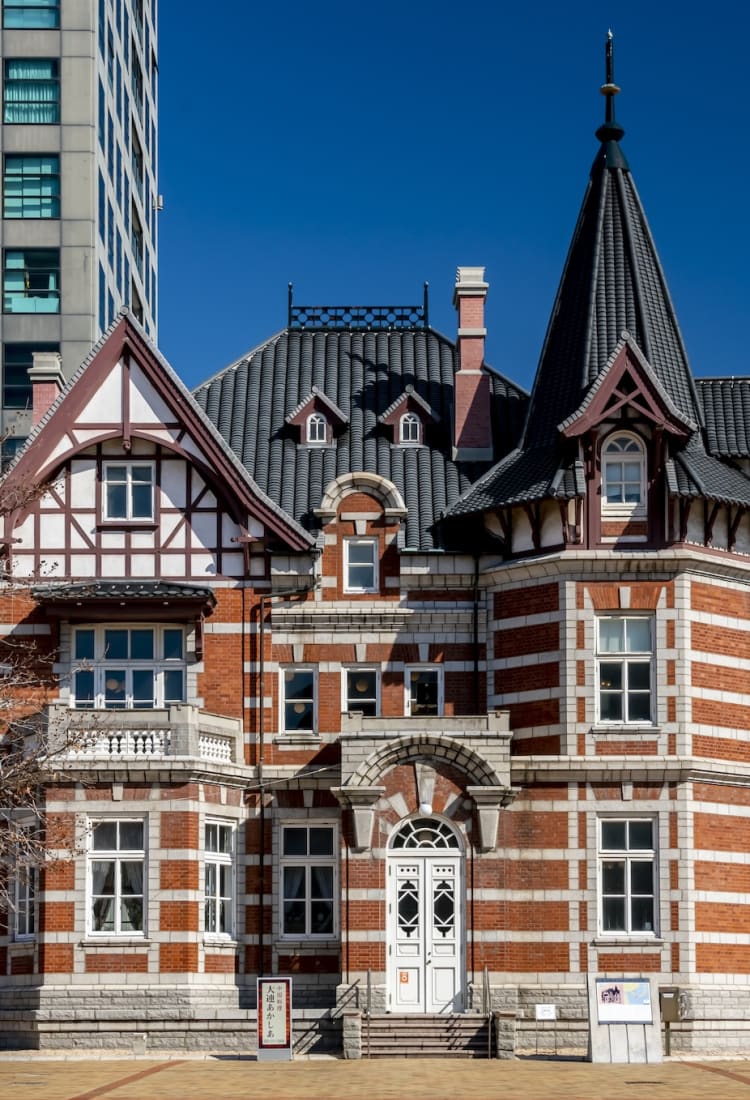
2024.02 Discover the Retro Charms of Moji Port, Where Past and Present Intertwine [PR]
The port of Moji in the city of Kitakyushu on the northern tip of Kyushu, flourished when it opened as an international trading port in 1889. Moji Port developed in the 19th century as a hub for international trade with China and other countries. Many historical Western-style buildings remain to tell the story of its former prosperity.
Although the port declined as other transportation networks developed, Moji Port was reborn under the slogan “Mojiko Retro” approximately 130 years after its opening. Charming historical buildings house galleries, cafés, and restaurants, attracting around 2 million visitors a year from all over the world. Explore a nostalgic port city where the past is being preserved to help shape the future.
Former Moji Customs House


The Former Moji Customs House, with its eye-catching red brick exterior, was constructed in 1912 and is the oldest of Moji’s historical buildings. It was used as a customs house until 1927. The building was restored to its original appearance and reopened in 1995 as part of the Mojiko Retro historical district. The Former Moji Customs House now has a fruit-themed café and exhibitions about Japan’s modern customs and excise systems.
Former Moji Mitsui Club

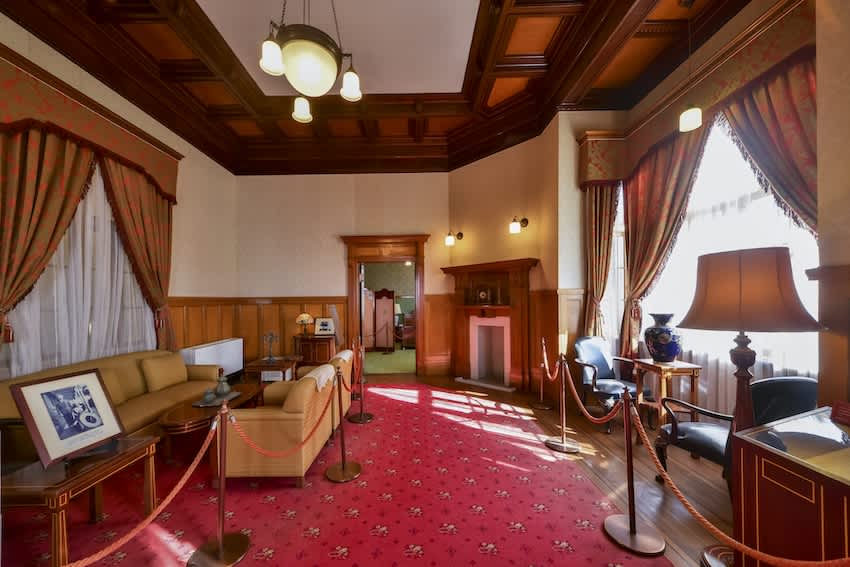
Built in 1921 for the employees and guests of Mitsui & Co., Ltd., Japan's oldest general trading company, the Former Moji Mitsui Club has an opulent, European-style interior.
One year after its completion, renowned physicist Albert Einstein (1879–1955) and his wife stayed at one of the Club’s suites during their tour of Japan. The suite has been restored to its appearance at the time of their stay, and is called the Einstein Memorial Room.
Former Osaka Shosen Building

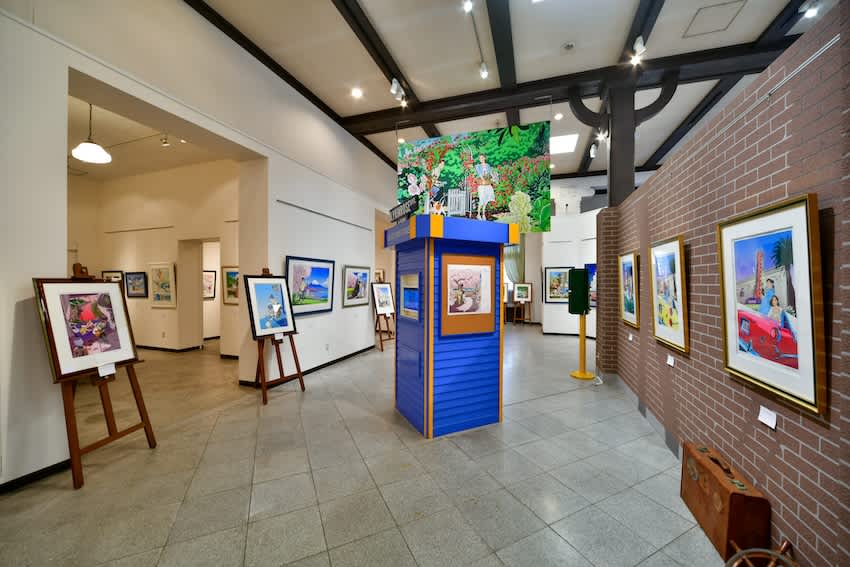
The Former Osaka Shosen Building was the Moji branch office of Osaka Shosen Kaisha (OSK), a shipping company that once served routes all over the world. The branch office was built in 1917 and operated until 1991. It was later renovated and opened to the public with a community space. Local artists and craftspeople exhibit their works here. The grand octagonal tower and tiled facade make this building a prominent landmark, and the building is illuminated at night.
Dalian Shipping Line Terminal


The Dalian Shipping Line Terminal was built in 1929. It was a departure and arrival hall for ships traveling between Japan and China. The terminal is built in the Art Deco style, including the arches above the second floor deck and the block-like kanji characters above the ticket counter near the main entrance.
The building has been renovated as an event venue, and visitors can see models of notable Japanese ships, including many that passed through Moji on their way to other parts of Asia and beyond. There are displays about the many cities that have friendship or sister-city agreements with Kitakyushu, including the port city of Dalian in China.
Dalian Friendship Memorial Building


In the nineteenth century, the port cities of Moji in Kitakyushu and Dalian in China were connected by international shipping routes. The Dalian Friendship Memorial Building was built of brick, stone, and wood in 1994 to resemble one of the Dalian Shipping Line’s buildings from 1902. It commemorates the fifteenth anniversary of the friendship agreement between Kitakyushu and the city of Dalian. There is a Chinese restaurant on the first floor. The second floor is open to the public as a place to relax. Artworks and materials related to Dalian are displayed on the second floor, in the Dalian Introduction Corner.
Kanmon Strait Museum
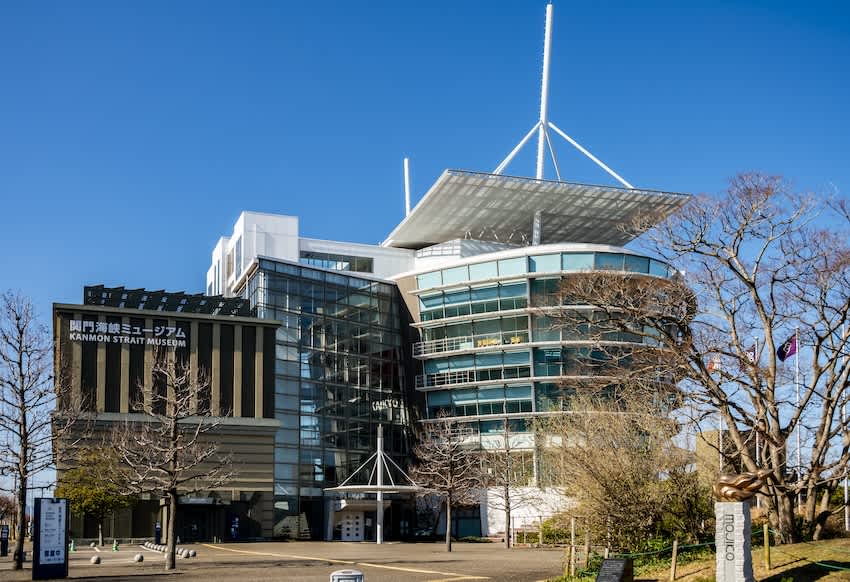
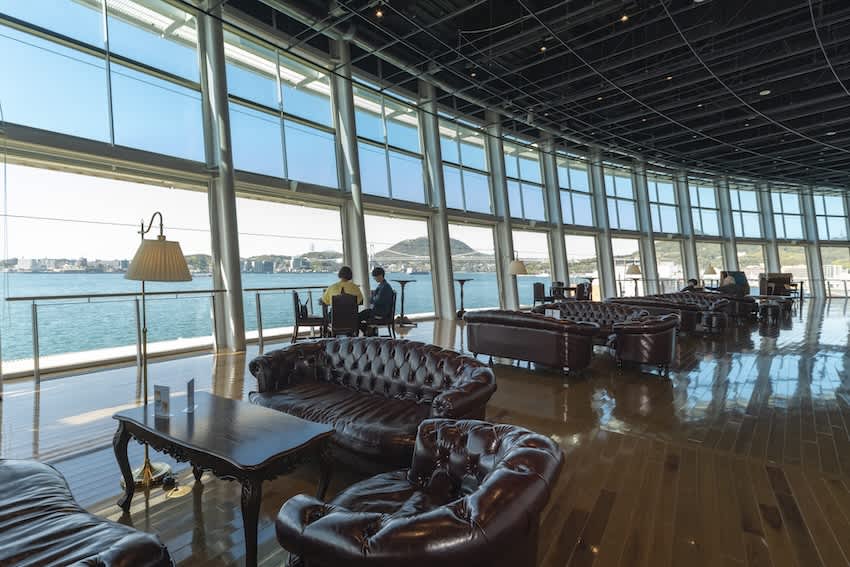
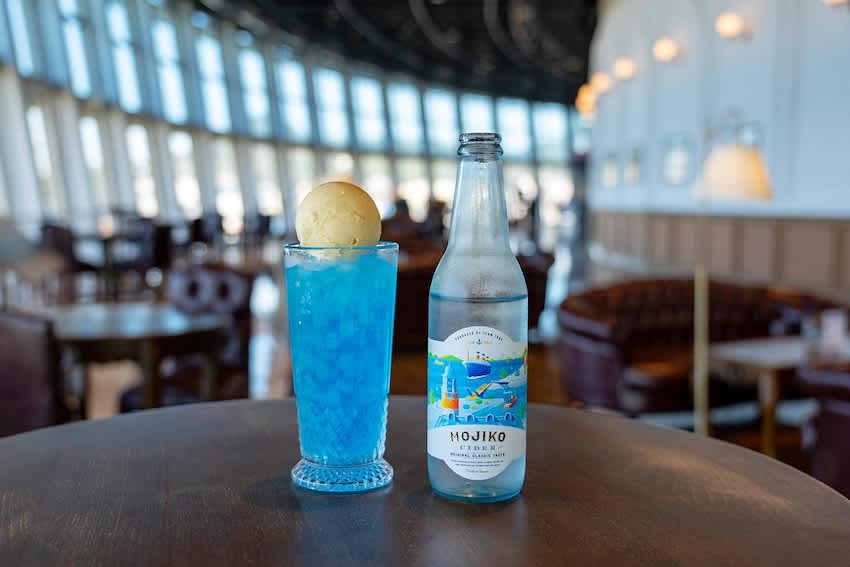
At the Kanmon Strait Museum, visitors can experience firsthand the history and environment of the Kanmon Straits, which separate Kyushu from Japan’s main island of Honshu. The museum is designed to be explored from top to bottom, starting on the fourth floor’s spacious, brightly lit Promenade Deck lounge. The “Straits Atrium” and “Straits History Gallery” tell the history of the straits, while the “Straits Retro Street” is a reconstruction of a typical streetscape of the Taisho Era (1912–1926). The museum is enjoyable for the whole family.
Visitors can relax in the Cruise Cafe Canal on the fourth floor, while enjoying Mojiko Cider and snacks, with views across the straits.
Mojiko Retro Tourist Bussankan
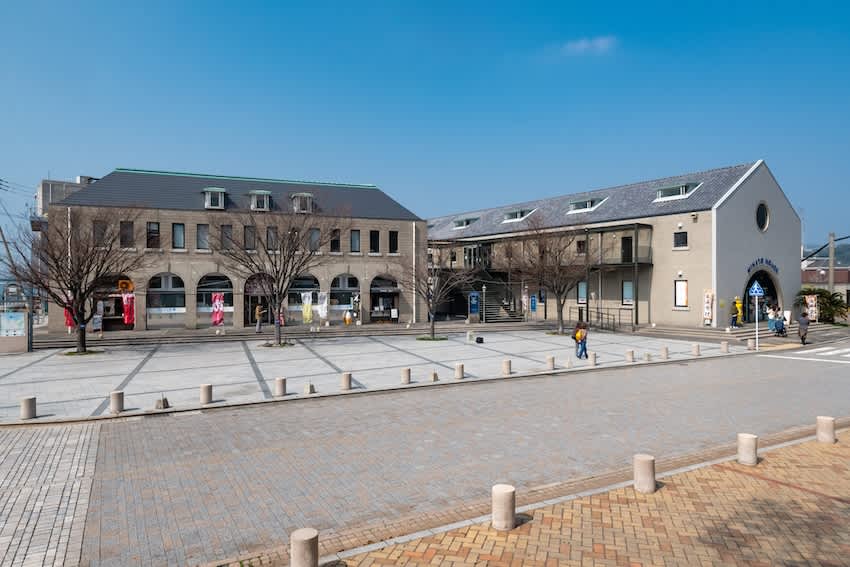
Moji Port prospered from international trade in the nineteenth century, and was full of curiosities brought in from overseas. One of these was bananas imported from Taiwan. They were sold in Moji by street vendors who held boisterous banana auctions (banana no tatakiuri) that became characteristic of the region.
Mojiko Retro Tourist Bussankan Minato House sells souvenirs representing the history and culture of Moji Port, including banana sweets, local curry, and locally made drinks. This includes Moji’s own beer, from the oldest beer brewery in Kyushu.
Enjoy the lights of the port city after dark


Kitakyushu City is renowned for its spectacular night views. Every year during the winter season, the historic buildings around Moji are lit up, creating a charming atmosphere. The spacious, glass-walled Mojiko Retro Observation Room at a height of 103 meters. It affords a 270-degree view of the port’s nightscape and the maritime traffic of the Kanmon Straits below. Just before sunset, the observation room’s lights are dimmed to a gentle orange, creating a romantic atmosphere. The café on the same floor is the perfect spot to relax and enjoy the changing colors.
How to get there
Flights to Kitakyushu Airport offer a convenient way to access Moji Port. Flights from Haneda Airport in Tokyo take approximately 1 hour and 50 minutes. Moji Port is also accessible by public transportation from Fukuoka Airport. From JR Shin-Osaka Station, it takes about 2 hours and 40 minutes by Shinkansen (bullet train) and local train lines.
If traveling by rental car, Mojiko Retro Parking Lot is a short walk from Minato House and Mojiko Retro Observation Room. One of the trams that once ran through the port city now serves as a landmark for the parking lot.
Related Links
Mojikō Retro Official Website |




















































